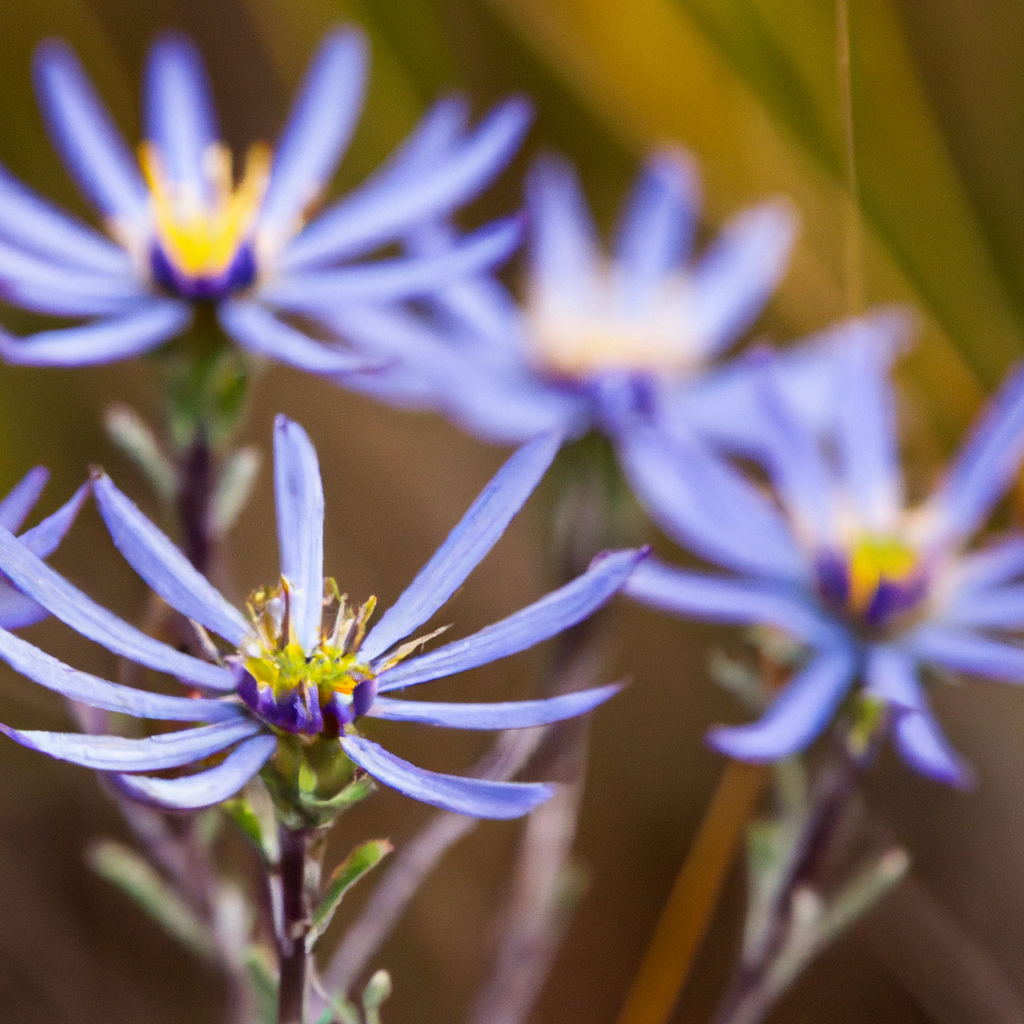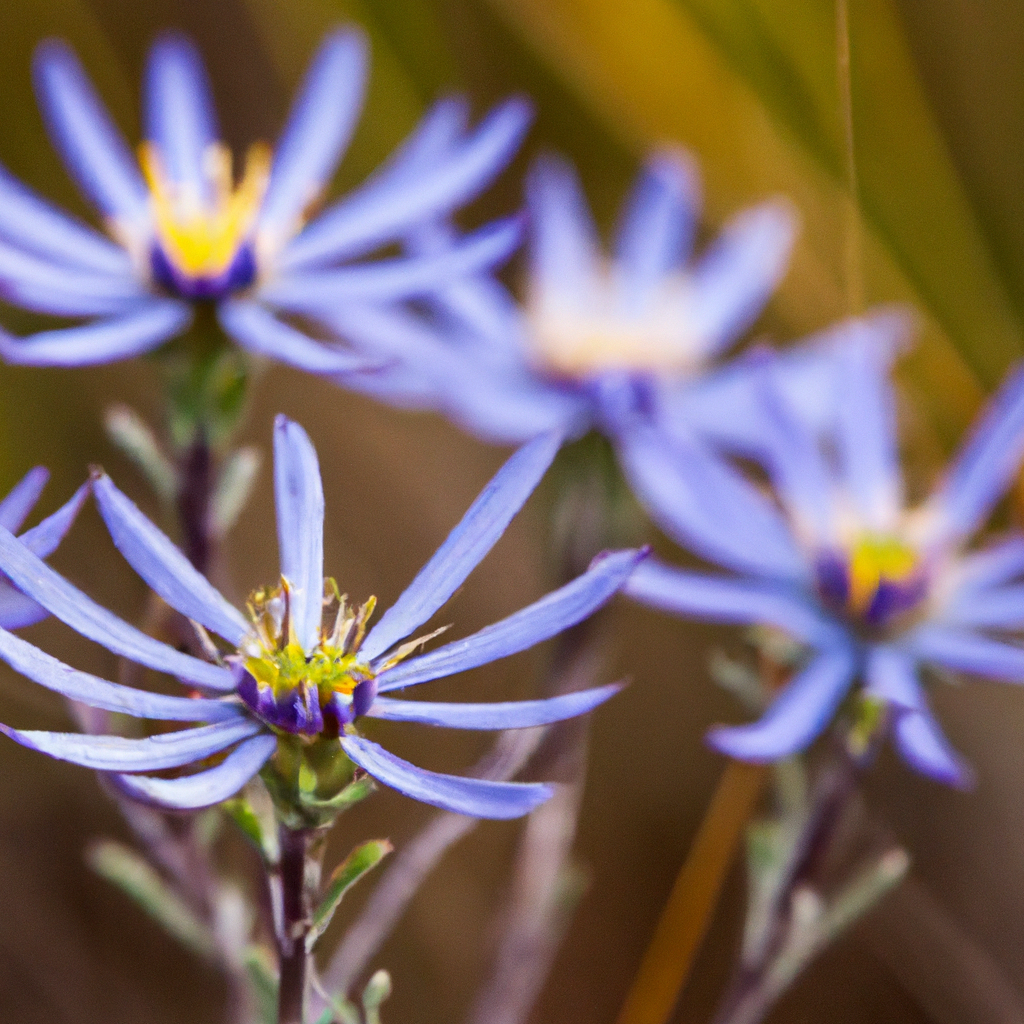Native Wildflowers: Enhancing Biodiversity And Attracting Pollinators
Looking to create a beautiful and diverse landscape that also supports pollinators? Look no further than native wildflowers. Native wildflowers offer a range of benefits, from enhancing biodiversity to attracting essential pollinators such as bees, butterflies, and hummingbirds. By incorporating these vibrant plants into your garden or outdoor space, you not only create a visually stunning environment but also play a crucial role in helping to protect and preserve the natural world around us. Let’s explore the many ways native wildflowers can enhance your surroundings and make a positive impact on the ecosystem.
Benefits of Native Wildflowers
Enhancing Biodiversity
Native wildflowers play a vital role in enhancing biodiversity within our ecosystems. By planting and promoting these plants, you are creating a diverse and resilient environment that supports a wide range of native wildlife. Native wildflowers provide food, shelter, and breeding grounds for various animals, birds, insects, and other species, which helps to maintain a healthy and balanced ecosystem.
When you choose native wildflowers over non-native species, you are ensuring a greater variety of plants and flowers that coexist harmoniously with other organisms. This variety not only adds beauty and interest to your garden but also promotes the health and vitality of the entire ecosystem.
Attracting Pollinators
One of the significant benefits of native wildflowers is their ability to attract pollinators such as bees, butterflies, moths, and hummingbirds. These creatures play a crucial role in the pollination of plants, facilitating the reproduction and survival of numerous species.
Native wildflowers, with their vibrant colors, shapes, and scents, are particularly attractive to pollinators. They provide a valuable source of nectar and pollen, which sustains these vital insects and birds throughout their life cycles. By planting native wildflowers, you are effectively creating a pollinator-friendly environment that supports the population of these important species, ensuring the continued viability of our diverse plant life.
Understanding Native Wildflowers
Definition
Native wildflowers refer to plant species that have naturally evolved and exist in a specific region or ecosystem. These plants have adapted to the local climate, soil, and environmental conditions over thousands of years, making them well-suited for the region and its native wildlife.
Importance of Native Species
Native wildflowers are essential as they are uniquely adapted to their local environment, ensuring their survival even in challenging conditions. They have developed specific characteristics that allow them to thrive without excessive maintenance or external interventions, reducing the need for pesticides, fertilizers, and excessive water.
Native wildflowers provide critical habitat, food sources, and nesting sites for various wildlife, including insects, birds, and small mammals. By preserving and promoting native species, we contribute to the overall health and resilience of the ecosystem.

Factors Affecting Native Wildflowers
Habitat Loss and Fragmentation
Habitat loss and fragmentation are major challenges faced by native wildflowers. Urbanization, agriculture, and other human activities have resulted in the destruction and fragmentation of natural habitats, leading to a decline in native plant populations. This fragmentation disrupts the connectivity between habitats, impacting the movement of wildlife, genetic diversity, and overall ecosystem health.
Invasive Species
Invasive species pose a significant threat to native wildflowers. These non-native plants outcompete native species for resources such as light, water, and nutrients, leading to their displacement and reduced population sizes. Invasive plants also alter the structure and function of ecosystems, negatively impacting the biodiversity and overall health of native plant communities.
Climate Change
Climate change is another significant factor affecting native wildflowers. Rising temperatures, altered precipitation patterns, and extreme weather events can disrupt the delicate balance of ecosystems, affecting the flowering times, seed production, and overall survival of native species. Changes in climate can also favor the proliferation of invasive species, further threatening the existence of native wildflowers.
Selecting Native Wildflowers for your Garden
Local Native Species
When selecting native wildflowers for your garden, it is crucial to choose species that are native to your specific region. Native plants have adapted to the local climate, soil types, and environmental conditions, making them more likely to thrive in your garden. Local native species also support the local ecosystem and provide the most benefits for wildlife and pollinators in your area.
Considerations for Your Region
In addition to choosing local native species, it is important to consider other factors specific to your region. Take into account the amount of sunlight, soil type, and moisture levels in your garden when selecting wildflowers. Some plants may prefer full sun, while others thrive in shade or moist conditions. By choosing native wildflowers that are well-suited to your region, you increase the chances of success and create a garden that is both beautiful and environmentally beneficial.
Attractive to Pollinators
When selecting native wildflowers, consider their attractiveness to pollinators. Look for flowers with a variety of colors, shapes, and sizes to appeal to different types of pollinators. A diverse selection of wildflowers will provide a continuous supply of nectar and pollen throughout the growing season, supporting a thriving pollinator population in your garden.

Creating a Native Wildflower Garden
Site Selection and Preparation
Choose a suitable location for your native wildflower garden. Consider factors such as sunlight, soil type, drainage, and access to water. Most native wildflowers prefer well-draining soil, but there are species suited to a range of soil conditions. Prepare the soil by removing any existing vegetation, loosening compacted soil, and adding organic matter if necessary.
Planting Methods
There are several planting methods you can use when establishing your native wildflower garden. Direct seeding involves scattering the seeds directly over the prepared soil surface. This method mimics the natural dispersal of seeds by wind, animals, or water. Alternatively, you can start wildflowers indoors and transplant them into the garden later. This method allows for more control over the germination and growth process.
Proper Maintenance and Care
To ensure the success of your native wildflower garden, proper maintenance and care are essential. Water newly planted seeds and seedlings regularly until they become established. Avoid overwatering or allowing the soil to dry out completely. Remove any weeds that may compete with the wildflowers for resources. If necessary, provide support for taller or more delicate varieties to prevent them from bending or breaking. Regularly monitor and address any pest or disease issues promptly to prevent them from spreading and causing damage.
Importance of Biodiversity
Ecosystem Stability
Biodiversity plays a significant role in maintaining ecosystem stability. A diverse range of species ensures ecological balance by naturally regulating populations, controlling pests, and cycling nutrients within the ecosystem. Native wildflowers contribute to this stability by providing habitats, food sources, and breeding grounds for various organisms, including insects, birds, and other wildlife.
Ecological Services
Biodiversity and native wildflowers provide numerous ecological services that are crucial for the functioning of ecosystems. These services include pollination, which is essential for the reproduction of plants and the production of fruits and seeds. Native wildflowers also help improve soil health and prevent erosion, assist in water filtration, and contribute to the overall resiliency and adaptability of ecosystems in the face of environmental changes.

Pollinators and Their Role
Understanding Pollination
Pollinators are crucial for the reproduction of plants and the production of seeds and fruits. When pollinators, such as bees, butterflies, and hummingbirds, visit flowers to collect nectar or pollen, they inadvertently transfer pollen from the male parts of the flower to the female parts, allowing for fertilization and the development of seeds. This process enables plants to reproduce and continue their life cycle.
Benefits to Ecosystems and Agriculture
Pollinators provide vital services not only to natural ecosystems but also to agriculture. Many of our food crops, including fruits, vegetables, seeds, and nuts, rely on pollinators for their production. By attracting and supporting pollinators in our gardens and landscapes through native wildflowers, we contribute to the sustainability and productivity of both natural and agricultural ecosystems.
Attracting Pollinators with Native Wildflowers
Matching Flower Characteristics
To effectively attract pollinators, it is important to select native wildflowers with characteristics that are attractive to them. Pollinators are often drawn to flowers with vibrant colors, strong fragrances, and easily accessible nectar and pollen. Different types of pollinators have specific preferences, so a variety of flower shapes and sizes are beneficial for attracting a diverse range of species.
Providing Continuous Blooms
To support pollinators throughout the growing season, it is essential to provide a continuous supply of blooming flowers. Choose native wildflowers that bloom at different times, from early spring to late fall, ensuring a consistent food source for pollinators. By planting a diverse range of species that flower at different times, you can maintain a garden that is vibrant and attractive to pollinators throughout the year.
Creating Habitat and Nesting Areas
In addition to providing food sources, it is important to create suitable habitat and nesting areas for pollinators. Incorporate diverse vegetation, including native grasses, shrubs, and trees, to create structure and shelter for pollinators. Leave areas of bare soil or create small piles of twigs and leaves for ground-nesting insects. Providing water sources, such as a shallow dish or a small pond, can also attract pollinators and contribute to their overall well-being.

Conservation and Wildflower Meadows
Restoring Natural Habitats
Conservation efforts aimed at restoring and preserving natural habitats are critical for the survival of native wildflowers and the animals that depend on them. By supporting conservation initiatives and participating in habitat restoration projects, we can help protect and restore vital habitats for native wildflowers and contribute to the preservation of biodiversity.
Creating Corridors for Wildlife
Creating corridors and connectivity between fragmented habitats is crucial for enhancing the resilience and survival of native wildflowers and the wildlife that depends on them. These corridors allow for the movement of pollinators, seeds, and other organisms, promoting gene flow and maintaining genetic diversity. By incorporating native wildflowers into these corridors, we can help create thriving ecosystems that support a wide range of wildlife.
Challenges and Solutions
Overcoming Common Obstacles
While the benefits of native wildflowers are clear, there are challenges that may hinder their successful establishment and growth. Lack of knowledge and awareness, limited availability of native species, and competition from invasive species are common obstacles faced by those interested in promoting native wildflowers.
To overcome these challenges, it is important to educate oneself and others about the importance of native wildflowers and their conservation. Work with local nurseries, botanical gardens, and native plant societies to source and promote native wildflower species. Remove invasive species from your garden and support initiatives aimed at controlling and eradicating invasive plants in natural areas.
Incorporating Education and Awareness
Promoting native wildflowers and their benefits requires education and awareness. By sharing information about the importance of native species, their role in supporting biodiversity, and the benefits they provide to pollinators and our ecosystems, we can inspire others to take action. Encourage community involvement by organizing workshops, garden tours, and educational events that highlight the value of native wildflowers and provide practical guidance on how to incorporate them into gardens and landscapes.
In conclusion, native wildflowers have numerous benefits, including enhancing biodiversity and attracting pollinators. Understanding the definition and importance of native species, as well as the factors affecting their survival, is key in selecting and creating a successful native wildflower garden. The importance of biodiversity and the role of pollinators in ecosystems and agriculture cannot be overstated. By attracting pollinators with native wildflowers, we contribute to the health and resilience of our environment. Conservation and restoration efforts further support the survival of native wildflowers and the habitats they depend on. Overcoming challenges through education and awareness is essential in ensuring the ongoing success and promotion of native wildflowers. By embracing native wildflowers in our gardens and landscapes, we can do our part in preserving biodiversity and fostering a healthy and sustainable future.














